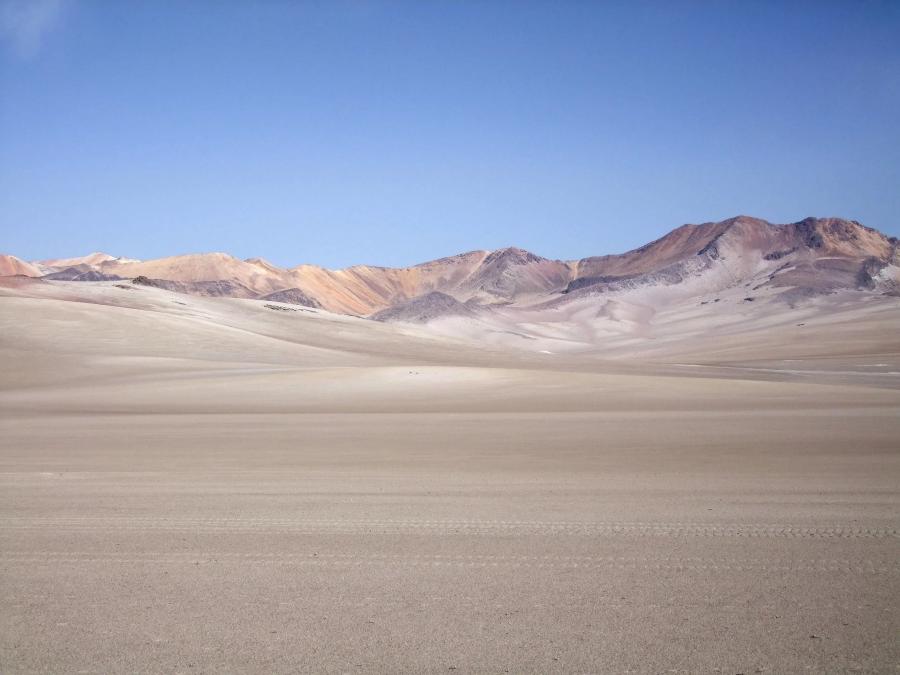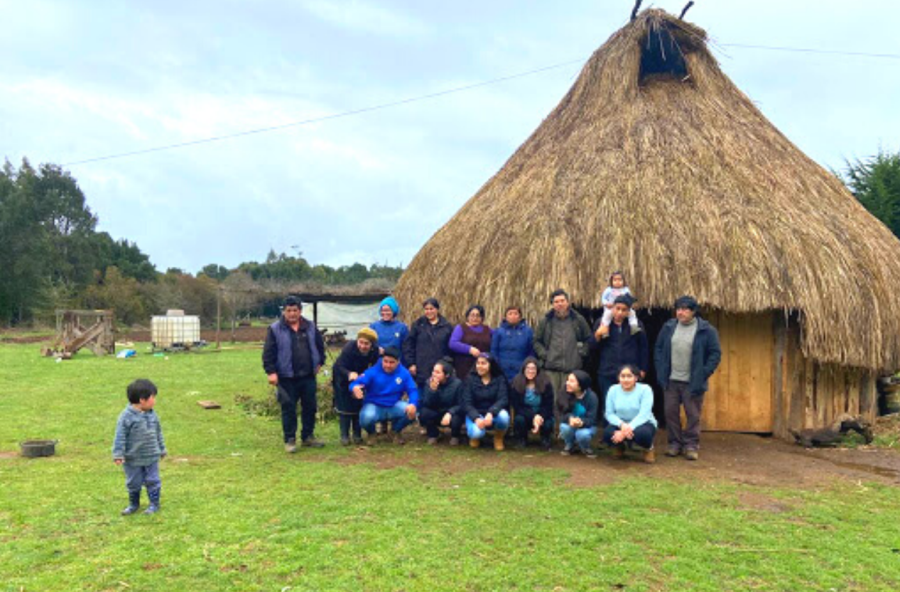Pascua, Chile -- Aaron Sanger surveyed the dramatic stretch of Patagonian backcountry that spread beneath him, gazing down at the turbulent Pascua River as it raged through an unsullied landscape of majestic glaciers, snowcapped peaks and temperate rain forests.
"No more than a handful of people have explored this valley - ever," said Sanger, a Berkeley environmentalist.
One of Patagonia's least-known waterways, the Pascua runs through an uninhabited area in southern Chile. It takes meltwater from the Patagonian Ice Field, the largest expanse of permanent ice outside Antarctica and Greenland, for 38 tumultuous miles through steep granite valleys to one of the many fjords that serrate the southern coastline.
"This valley is pristine and intact," said Sanger, 50, a campaigner at the Berkeley environmental group International Rivers. "Yet if the power companies get their way, this valley will be irreversibly damaged."
The Pascua is one of two rivers - the other is the nearby Baker River - threatened by a vast hydroelectric project planned by corporations from Chile, Italy, Spain and Canada. Known as HidroAysén, the $4 billion project involves the construction of five large dams, some topping 330 feet in height, designed to produce 2,750 megawatts of electricity, equivalent to three midsize nuclear power stations and enough to boost energy-hungry Chile's power supply by 20 percent.
Under the scheme, electricity would be sent 1,440 miles north to Chile's largest cities and to its copper industry, requiring one of the world's longest logged corridors, more than 100 yards wide, much of it set to slice through temperate forests found nowhere outside Patagonia.
But some ecologists say it will flood river valleys, cause fertility loss in downstream soil and destroy endemic plant and animal species.
Power line's route
"We've figured out the most probable route for the power line by talking to the contractors involved," said Patricio Rodrigo, executive secretary of the Patagonia Defense Council, an umbrella group of 40 local and international nongovernmental organizations. "We calculate that it will have an impact on 14 national parks and protected reserves."
Moreover, they fear the construction of a high-capacity power line connecting Aysén to the capital, Santiago, could spark a slew of hydroelectric and industrial projects throughout Patagonia.
"Putting that transmission line up would halve the cost of new projects throughout southern Chile," said Ian Farmer, owner of Patagonian Adventure Expeditions and an opponent of the plan. "It could turn Patagonia into a vast factory for electricity."
The plan, proposed by Endesa Chile, a former state-owned electricity company now owned by Italian and Spanish corporations, is the largest of several projects designed to alleviate an energy shortage in Chile, which has traditionally imported 72 percent of its energy needs, mostly natural gas from Argentina, which it converts to electricity.
Since 2004, however, Argentina has struggled to supply its own market, and has slashed exports to its neighbor. Record high oil prices and low rainfall caused by the La Niña climate phenomenon have further added to Chile's woes. With the country's demand for energy growing by 6 percent a year, power companies believe that they can overcome resistance to sacrificing one of the country's most prized natural assets in order to harness its vast hydroelectric potential.
"As long as (the project) meets all the environmental norms, this type of electricity generation is welcome," Energy Minister Marcelo Tokman said last month.
To proceed, the project needs the government's National Environmental Commission to approve an environmental impact study carried out by Endesa, which the power companies expects to do next year.
Until recently, government ministers remained quiet on the issue...
Read more: http://www.sfgate.com/cgi-bin/article.cgi?f=/c/a/2008/04/07/MNRAVU4EN.DTL#ixzz19M5RqUqU



